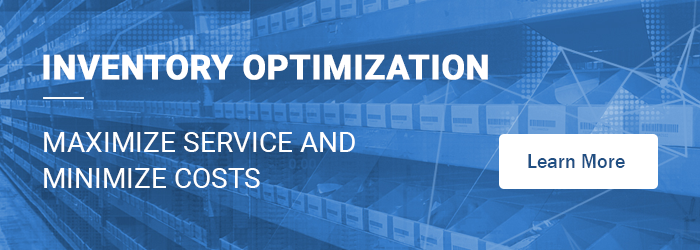In today's fast-paced business environment, the digital supply chain has become a game-changer for companies looking to remain competitive. At its heart, a digital supply chain empowers businesses to make swift, data-driven decisions while maintaining high standards of quality and efficiency. However, simply having access to more data isn't enough. Organizations require the right tools and platforms to convert raw data into actionable insights. This is where decision-making plays a pivotal role, particularly in a world where new digital supply chain solutions and AI-driven platforms can streamline processes across the decision matrix.
Why Is Swift Decision-Making Critical in the Digital Supply Chain?
Modern consumers expect faster delivery times, superior service levels, and greater transparency. To meet these expectations, businesses must adopt digital supply chain solutions that foster decision intelligence. Yet, many organizations face challenges. The disconnect between data collection, analysis, and execution remains a significant hurdle. Companies often accumulate vast amounts of information but fail to act on it promptly—or worse, they base decisions on outdated or incomplete data. Bridging this gap is essential to unlock the full potential of a digital supply chain.
Speed and Quality in Decision-Making
1. The Decision Lag
Many firms find themselves caught in a limbo between gathering data and taking action. This "decision lag" results in delays, diminishing the value that could have been captured. In supply chain management, tardy decisions can lead to stock shortages, excess inventory, missed sales opportunities, and dissatisfied customers.
2. Leveraging AI Platforms
Digital and AI platforms empower businesses to make faster, better-informed decisions by digitizing the data-to-action workflow. Demand forecasting and inventory optimization are crucial elements within the decision matrix, and tools like Smart IP&O assist in predicting inventory needs and optimizing decisions based on cost, service levels, and fluctuating demand patterns. This enables decision-making at a pace and scale previously unimaginable. Furthermore, Smart IP&O supports both major strategic decisions and smaller, frequent operational choices, ensuring comprehensive optimization across the supply chain.
3. Ensuring High-Quality Decisions
Swift decisions alone aren't sufficient. The quality of those decisions is equally vital. Effective decision-making hinges on accurate data, precise forecasting, and thorough analysis to guarantee positive outcomes. By utilizing tools that provide insights into future trends and performance, organizations can strike a better balance between cost, availability, and service levels. This enables them to develop strategies aligned with actual needs and demands, boosting efficiency and overall success.
Smart IP&O employs advanced forecasting models and real-time data to ensure rapid, dependable decisions. For instance, businesses can use projected metrics to align service levels, costs, and stock availability, ensuring inventory policies match evolving demand patterns.
4. Scalability and Consistency in Decision-Making
As businesses expand, the intricacy of supply chain decisions grows, making it difficult to handle an increasing number of products, data points, and processes manually. Digital platforms and automation tools assist firms in scaling their decision-making processes by handling large volumes of data with precision and uniformity.
By automating repetitive tasks and applying consistent rules across diverse scenarios, businesses can ensure decisions are made uniformly, resulting in more predictable and reliable outcomes. This approach leads to consistent results, as automated systems maintain uniformity even as the company scales.
AI-powered platforms such as Smart IP&O offer scalability, enabling businesses to manage thousands of products and data points with unwavering accuracy. This consistency is vital in preserving service levels and reducing costs as operations grow.
5. Digitizing the Decision Process
Digitizing decision-making involves automating different aspects of the process. By using digital tools, routine decisions—like those concerning inventory, demand, and production—can be automated, allowing for faster and more efficient handling of daily tasks. When human intervention is still needed, systems can notify users when specific conditions or thresholds are met. This minimizes manual effort and lets employees focus on more strategic and complex work, ultimately enhancing productivity and efficiency.
Â
The promise of the digital supply chain lies in its ability to transform data into actionable insights swiftly and accurately. To fully capitalize on this promise, organizations must bridge the decision gap by adopting platforms like Smart IP&O. These platforms enhance rapid decision-making while ensuring quality isn't compromised. As businesses evolve, those that successfully integrate these tools into their decision matrix will be better equipped to stay ahead of the competition and meet rising customer expectations.
Â

Tipping Bucket Mixer,Rubber Mixer,Plastic Open Close Mixer,Silicone Small Mixer,Metal Powder Open Close Mixer
Dongguan Zhenggong Electromechanical Equipment Technology Co., Ltd , https://www.mixer-cn.com
